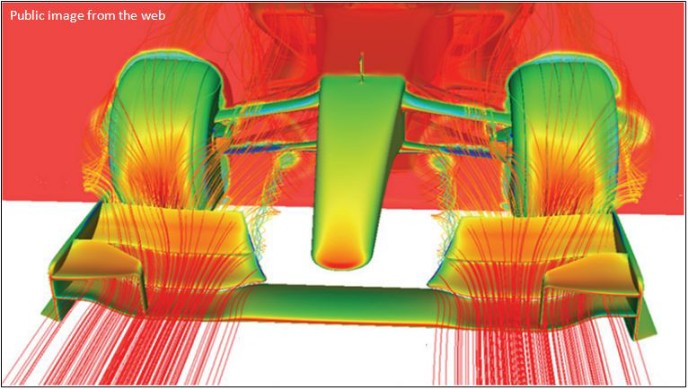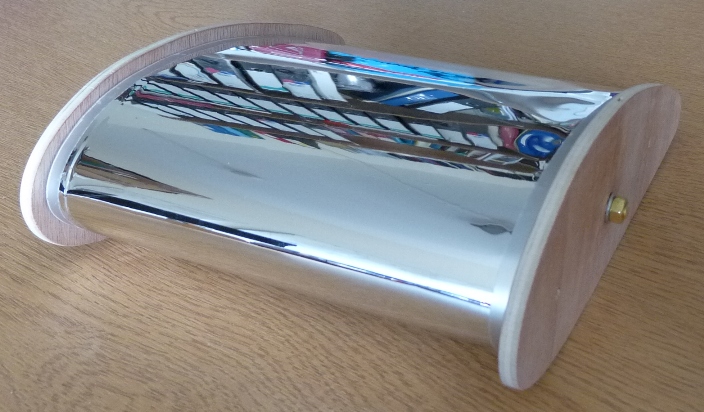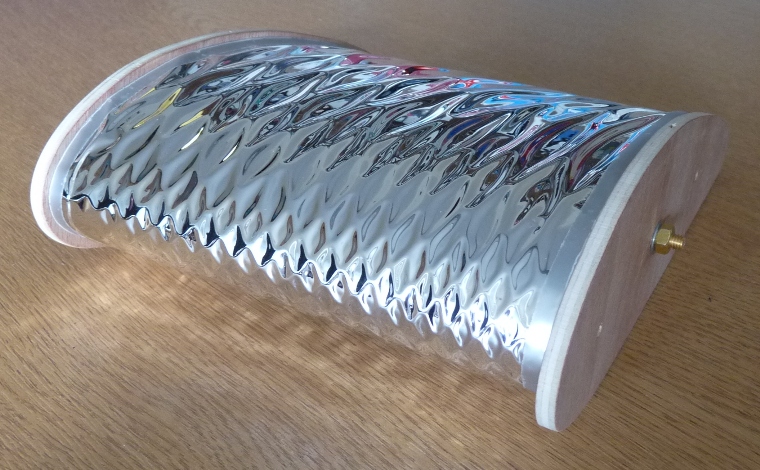
f1-like front wing cfd image, from de Luca article on gocar.gr (
http://www.gocar.gr/races/f1/10001,Unse ... tyres.html)
I hope to find the first source of this "public image from the web" - it could be some ferrari document for journalists, or from a specialized magazine like RCE or Bernoulli.
The set-up shown here is basic / outdated (it has 2008 tyres it seems), but still rich of information. It seems a simplifide model without pillars (in the sens that they are not just not shown, you see no sign of them in terms fo flow interaction on the top part of the central wing profile,
I think what we are seeing here in terms of colors is:
-pressure coefficient on the car body
-total pressure on the cutaway plane
-streamlines coloured by total pressure
The picture shows a lot of facts. We see two vortices detach from the flap -inner and outer; we seem the streamlines tune from red to green - blue in the vortices as static pressure goes down and you have some losses.
We do not see other vortices because the streamlines shown do not pass through the relavant zones (e.g. endplate edge).
Flow fon the lower front wishbone: see the change in color (pressure) on it on the inside and outside of the vortex becuse of the different AoA (upwash form the wing and transition up to down across the vortex).
On the inboard edge of the flap: small low pressure zone induced by the tip vortex
Flow on the flap that goes inside/outside the front wheel: the first stremline passing on the inside is much more inboard that one would expect - flow on the flaps is mostly oblique as it is demonstrated on corrent pit lane pictures by the orientation of flap arch supports and incidence adjusters
On top of the front wheel: total pressure loss in blue
On the lowest point of the cutaway plane the blue tyre wake is a bit larger: tyre squirt
Stagnation on the upper surface of the nose - not on its leading edge. The shepe of the stagnation gives an hint about how 3dimensional the fow on the nose is
High pressure on the tyre front face but also low pressure on the side shoulder - shoulder shape crucial for lateral flow between tyre and endplate










